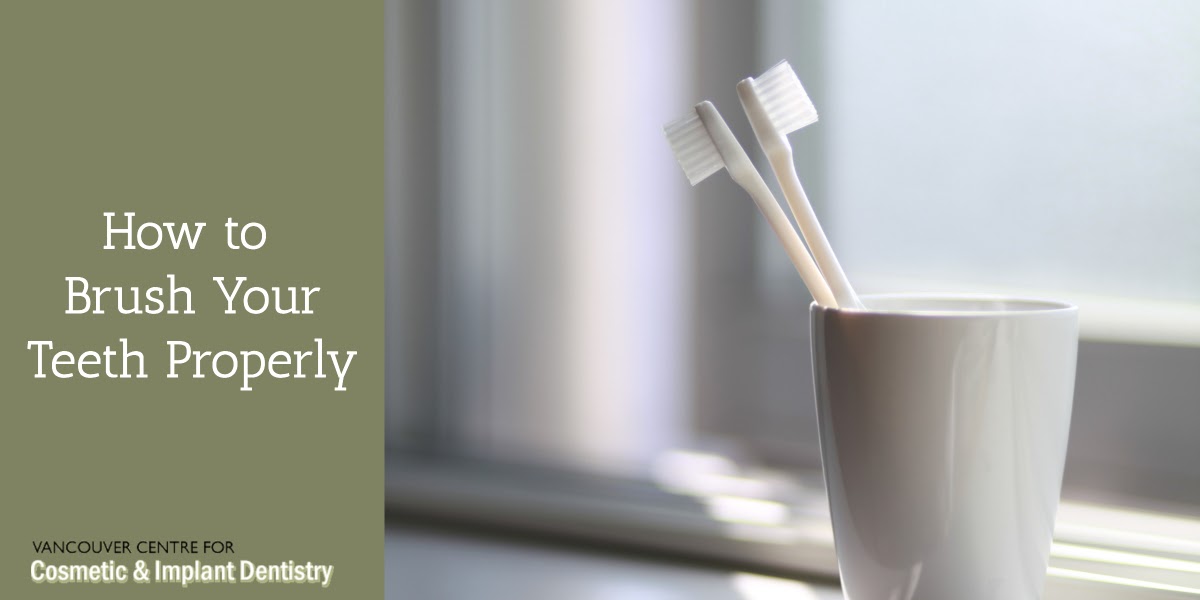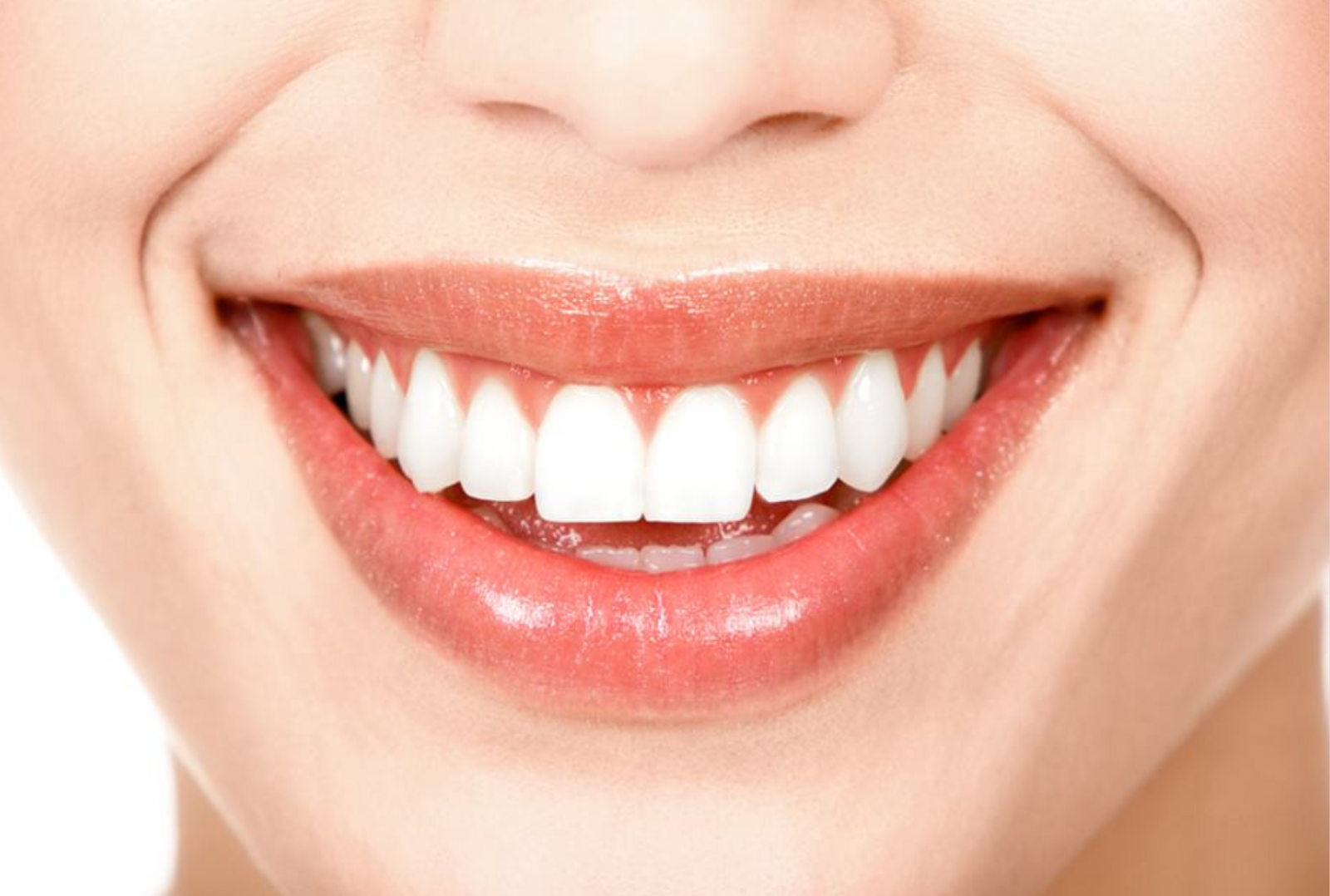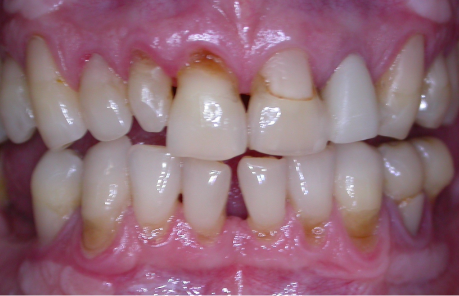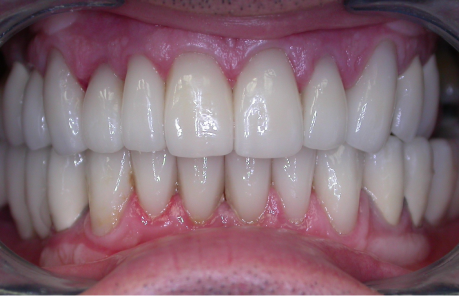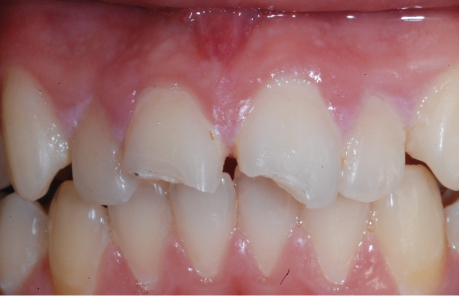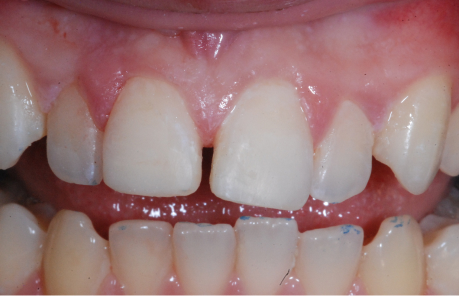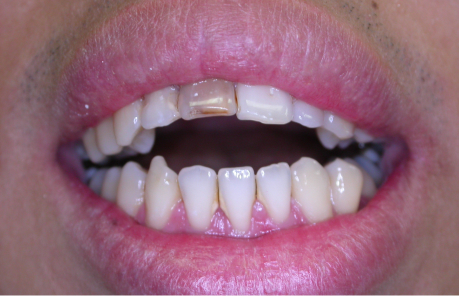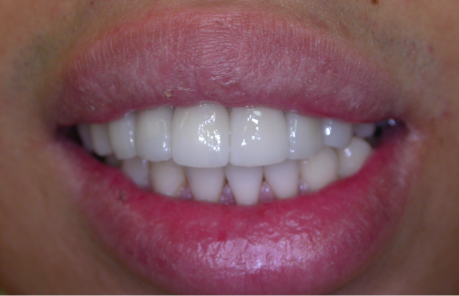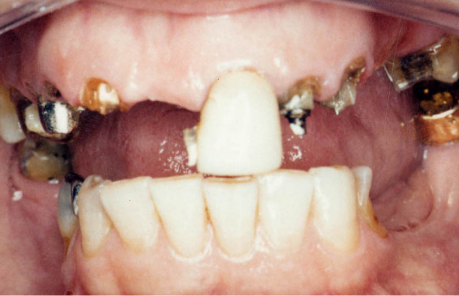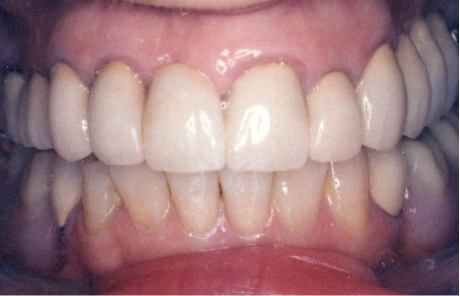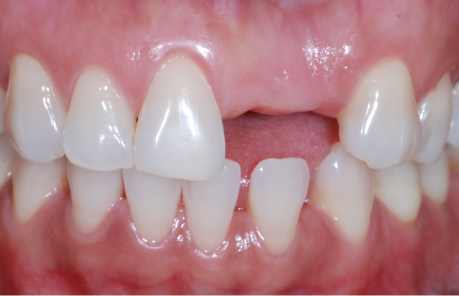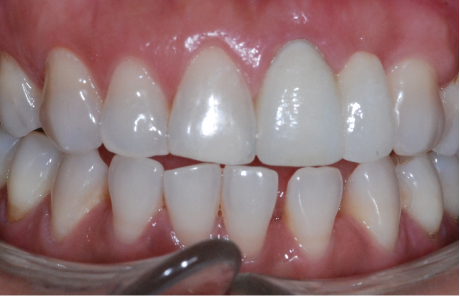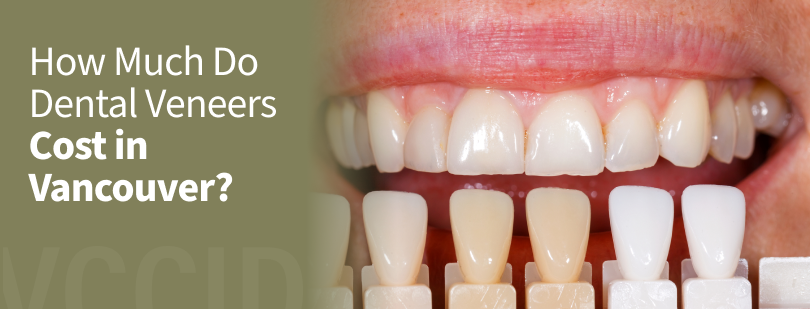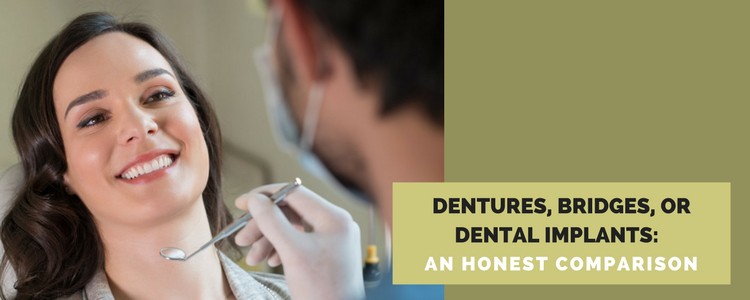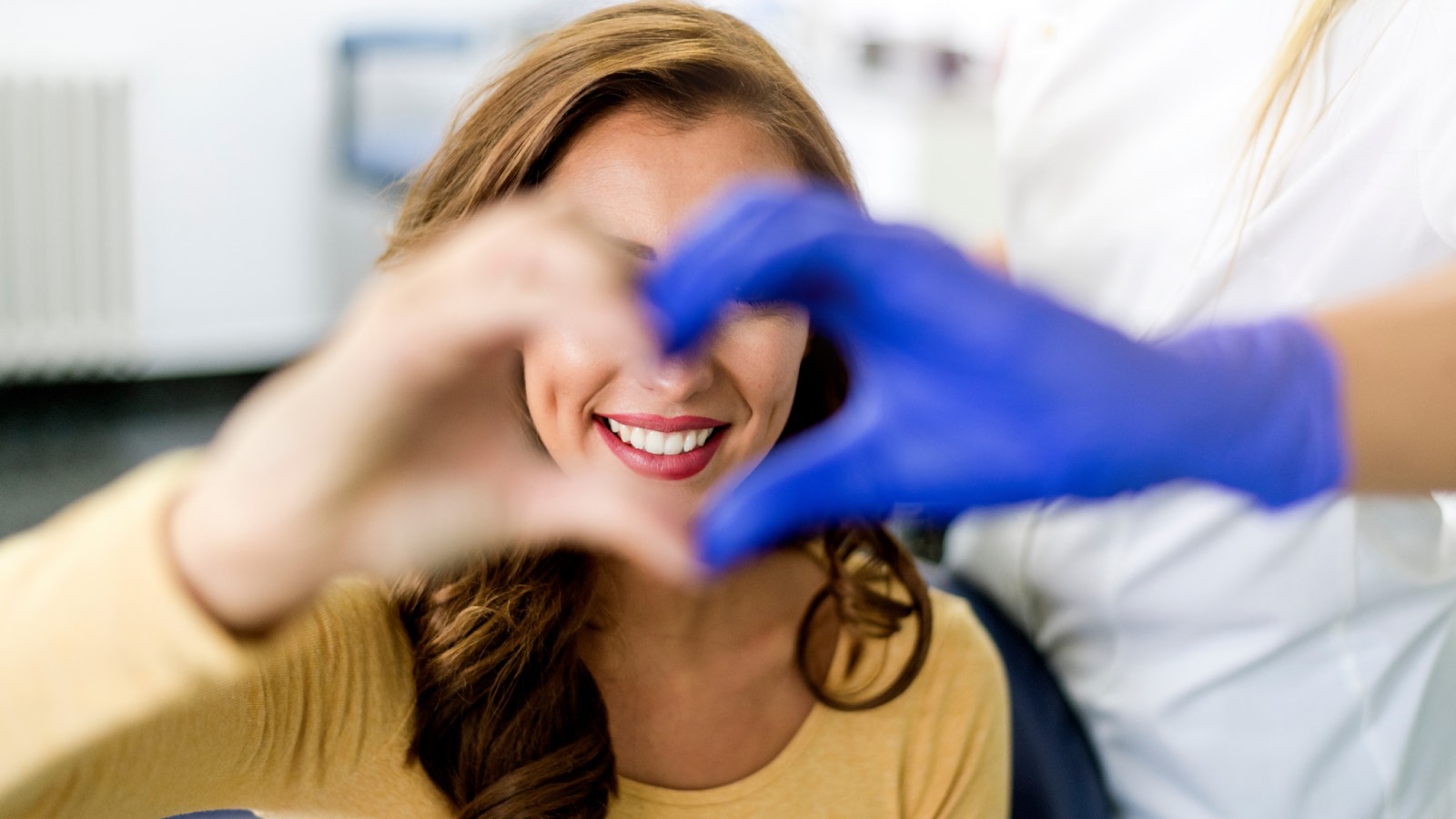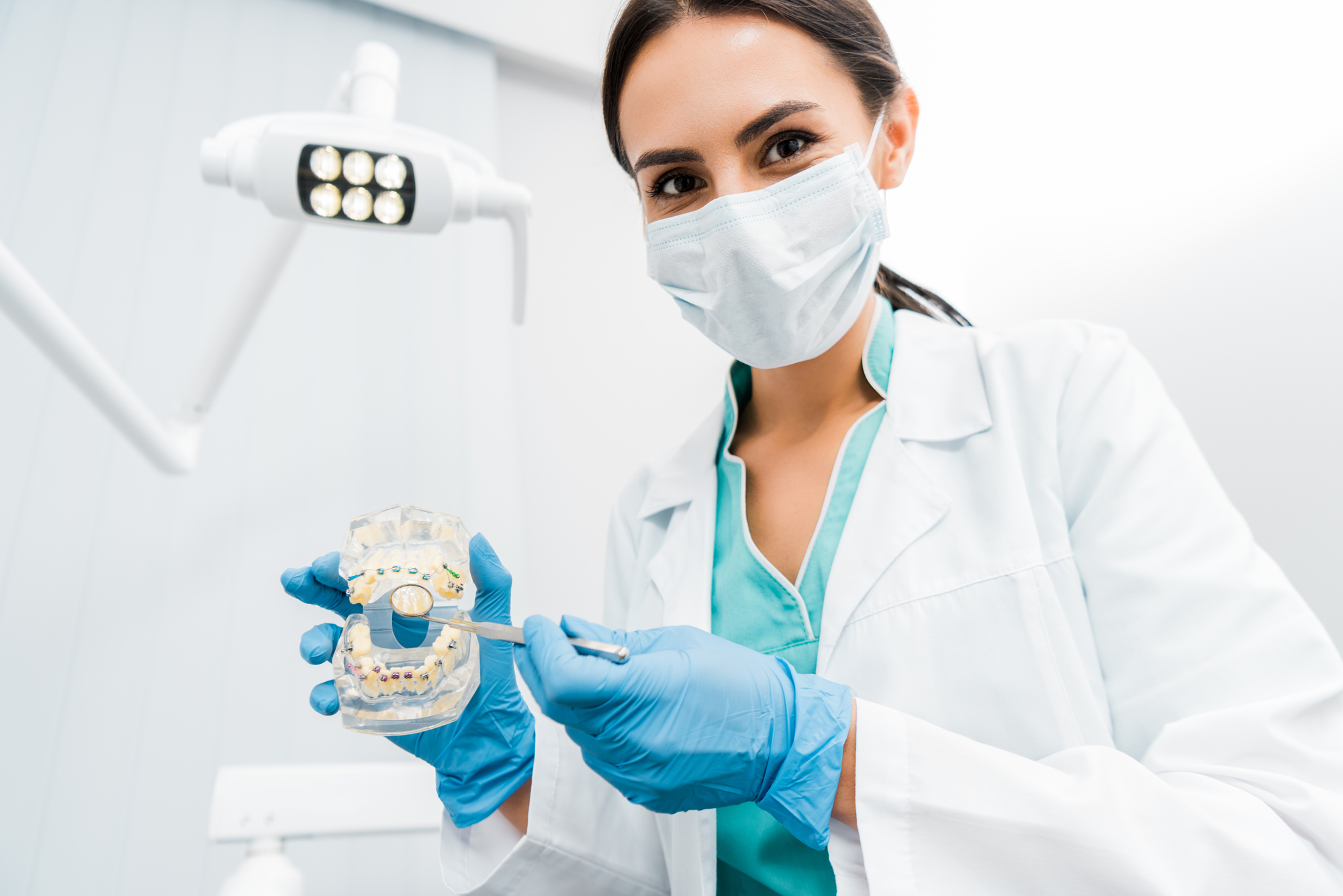Brushing your teeth is part of a healthy, everyday routine. It plays a major role in proper oral hygiene as well as general, overall healthcare. Even though you do it every day, it can be difficult to determine whether or not you are brushing your teeth properly. Many patients ask about the correct way of brushing teeth. In this post, we will explain the best methods you can use to brush your teeth so you can incorporate them into your oral health routine.
Start by Flossing
Many people do not brush or floss in any particular order. We suggest you start the process by flossing your teeth. Flossing your teeth will dislodge bacteria, plaque, and tartar build-up in between your teeth, and brushing your teeth after will help to rinse it away. Without flossing, you will miss cleaning half the surface of your teeth. This often leads to painful cavities and more severe problems like gum disease.
How to Floss Your Teeth
- Wrap the floss around your pointer or middle finger on each hand.
- Floss in a C shaped motion, gliding against the side of the tooth to make sure you clean the full surface, up to your gum in between your teeth.
- Use your fingers to rotate the string of floss, so you are not using the same section of floss for each tooth.
- Glide the floss along the edge of the tooth to catch the plaque along the edges and sides.
- Floss between each of your teeth, do not forget the molars.
When you are flossing, try to avoid a straight “up and down” motion. This can be harmful to your gums, and prove to be ineffective at removing plaque. It is important to keep the floss tight against the tooth and use a C shaped motion along each side to catch as much plaque as possible. Here is a helpful video by the American Dental Association that demonstrates proper flossing techniques.
Use an Electric Toothbrush
Improper tooth brushing techniques can actually be harmful to your enamel and gums. Brushing with a regular toothbrush is perfectly acceptable, however, an electric toothbrush is recommended. The brushes bristles move faster than you can comfortably brush with your hand alone and more plaque and bacteria will be removed as a result.
The type of toothpaste you use is also important, you can use different toothpaste depending on your oral health needs. If you have sensitive teeth, there are kinds of toothpaste that can help ease sensitivity. Likewise, there are also whitening and fluoride infused tubes of toothpaste available. Here is a helpful article by Business Insider that provides a list of the best toothpaste for different needs.
How to Brush Your Teeth
- Apply a small amount of toothpaste to your toothbrush
- Hold the toothbrush up to your teeth and move in slow circular motions. With an electric toothbrush, the brush does the scrubbing motion for you, you simply need to hold it in place and move it along slowly.
- Don’t put too much pressure on your teeth on your gums when you’re brushing. Be thorough but gentle
- Be sure you brush the front, back, and top of all of your teeth. Brushing time should last for around 2-3 minutes.
- Rinse your mouth with water after brushing your teeth and swish it or gargle to wash away any excess plaque.
- Rinse your toothbrush head as well to avoid build-up
It’s recommended that you brush your teeth at least 2-3 times per day, ideally after every meal.
Use a Tongue Scraper
Many people do not realize that bacteria on the tongue can lead to bad breath. This bacteria is not removed when you simply brush your teeth. A tongue scraper is a special tool that is specifically designed for removing excess food and bacteria from the tongue. You can purchase these at your local pharmacy. You can also use your toothbrush to “brush” your tongue if you do not have a scraper.
Simply wet the tongue scraper and open your mouth. Start at the back of the tongue, pressing gently, and slowly pull the scraper forward until you reach the tip of your tongue. You do not have to reach all the way to the back of your tough, this can be difficult and even dangerous, especially if you have a strong gag reflex. You can learn more about how tongue scrapers work with this helpful article by Oral-B.
Swish with Mouth Wash
A final step to leave your mouth feeling fresh after brushing and flossing is to gargle or swish with mouth wash. You do not need to use mouth wash daily, however, it is a good option for when you’ve eaten food with strong flavors. It also helps to reduce the overgrowth of bacteria.
Pour a small amount into the cap of the mouth wash container, then simply swish it and spit it out. Do not swallow mouth wash. If you are not sure which mouthwash is right for you, here is a list of the best mouthwashes for different smile needs.
Optional: Whiten your Teeth
Oral health is the key priority when you are brushing your teeth. Teeth do not have to be white to be completely healthy. However, you have the option of whitening your teeth. Whitening is considered a cosmetic dental procedure and it can make a dramatic difference aesthetically for your smile.
You do not have to whiten your teeth often, especially if you have had them professionally lightened by your dentist. However, tooth whitening every few months can leave your teeth looking extra clean and healthy.
You can whiten with store-bought tooth whiteners or whitening toothpaste but your dentist can also provide at-home whitening treatments to help maintain whitened teeth. Your teeth may feel sensitive after tooth whitening, it’s best to use whiteners minimally.
Visit your Dentist for Professional Teeth Cleaning
At VCCID our team is always available to answer questions about your oral health. If you frequently experience cavities or gingivitis, it’s possible you aren’t brushing and flossing properly. Visit your dentist for professional teeth cleaning at least every 6 months, to leave your teeth feeling clean and healthy. Contact VCCID today for your consultation in our Metrotown office.
